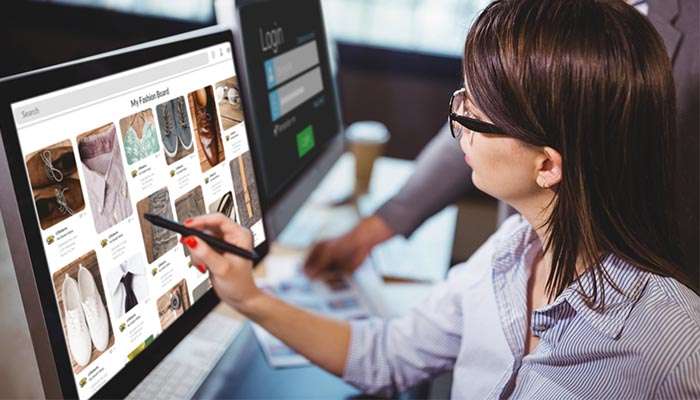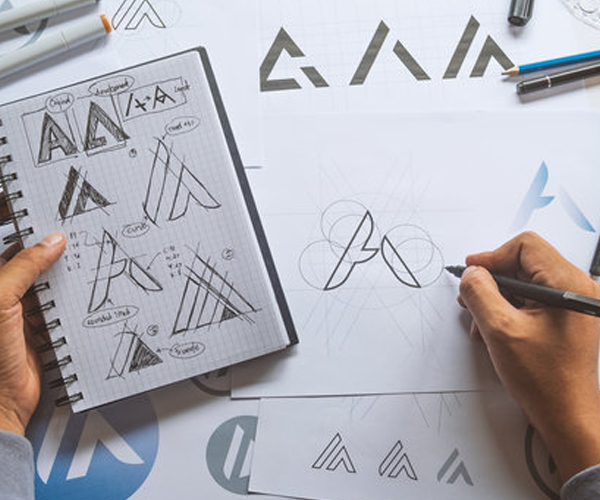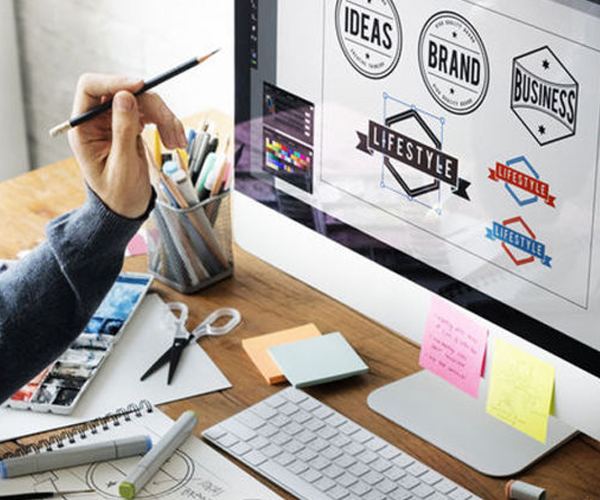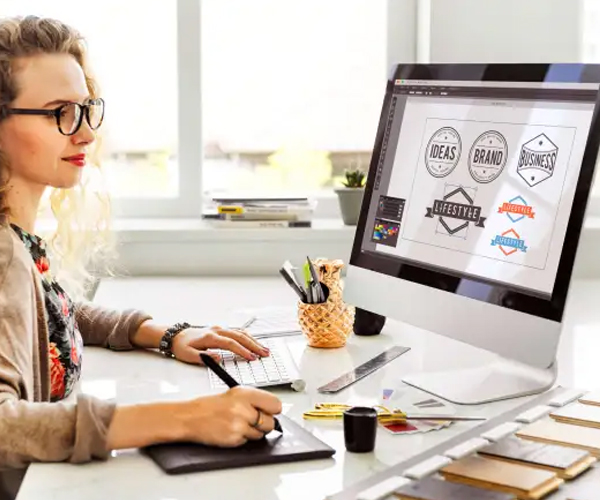Logo Design Agency

The Twin Cities metropolitan area in Minnesota refers to the adjoining cities of Minneapolis and Saint Paul along with surrounding suburbs. Minneapolis and Saint Paul anchor a metro area of over 3.6 million residents and rank as the 15th-largest metro area in the United States. Below are details on the Twin Cities and the 10 largest cities in the metro area.
Minneapolis
Minneapolis is the most populated city in Minnesota with an estimated population of 429,954 as of 2021. Minneapolis serves as the county seat of Hennepin County and is located on the banks of the Mississippi River. The city hosts a vibrant arts scene with theaters, museums and parks. Major companies headquartered in Minneapolis include Target, U.S. Bancorp, and Xcel Energy. The city government is led by Mayor Jacob Frey and the 13-member City Council.
Saint Paul
Saint Paul, with a population of 311,527 as of 2021, serves as the state capital of Minnesota and the county seat of Ramsey County. Saint Paul sits on the banks of the Mississippi River near its confluence with the Minnesota River. Major companies in Saint Paul include Ecolab and Securian Financial Group. The city hosts sports, cultural, and entertainment venues. The Mayor and City Council govern Saint Paul.
Bloomington
Bloomington is the third largest city in Minnesota with a population of 85,879 as of 2021. Located in Hennepin County, Bloomington is home to the Mall of America, the largest shopping mall in the U.S. Major employers include UnitedHealth Group and Normandale Community College. Bloomington contains part of the Minneapolis–Saint Paul International Airport.
Brooklyn Park
The fourth largest city in Minnesota, Brooklyn Park had 79,899 residents as of 2021. Brooklyn Park is located in Hennepin County and part of the Twin Cities’ northwest suburbs. Large employers are Target, Evine Live, and Regis Corp. The U.S. Highway 169 and Interstate 94 run through the city.
Plymouth
With a population of 79,377, Plymouth is a city located in Hennepin County near the junction of Highway 55 and Interstate 494 about 15 miles from downtown Minneapolis. Major companies headquartered in Plymouth include Christopher & Banks and Tonka Toys. The Plymouth Creek Center is a large shopping area in the city.
Woodbury
Woodbury, located in Washington County, had a population of 75,781 as of 2021 making it the sixth largest city in Minnesota. Woodbury serves as a retail and transportation hub for the eastern Twin Cities metro. The 3M campus and HealthEast Medical Center are major employers in Woodbury along with shopping centers like Woodbury Lakes.
St. Cloud
With 70,700 residents, St. Cloud is the largest city outside of the Twin Cities metro area. Located in Stearns County, St. Cloud sits along the Mississippi River. It hosts St. Cloud State University and the St. Cloud VA Health Care System. Major private employers include CentraCare Health and Wolters Kluwer.
Eagan
Eagan, part of Dakota County, had 66,731 residents as of 2021. Located south of Saint Paul near the junction of Interstates 35E and 494, Eagan is home to large employers like Blue Cross Blue Shield of Minnesota, Prime Therapeutics, and Coca-Cola Bottling Company. The city hosts sports events at Eagan Civic Arena.
Eden Prairie
Eden Prairie in Hennepin County grew to a population of 64,023 by 2021. Major employers include Optum, C.H. Robinson and Macy’s which has its IT Center in Eden Prairie. The city hosts numerous lakes and parks along with the large Eden Prairie Center shopping mall.
Lakeville
Located along Interstate 35 in Dakota County, Lakeville had 62,539 residents as of 2021. Lakeville has a historic downtown along Lake Marion and provides access to outdoor recreation. Major companies in Lakeville are Independent School District 194, Kinetic Leasing and Lund Food Holdings.
The Twin Cities metropolitan area contains a diversity of large and small cities supporting major employers, transportation infrastructure, arts and recreation. The unique identities of Minneapolis and Saint Paul combine to fuel growth across the region. Continued population expansion and private investment maintain the Twin Cities’ position as a leading metropolitan area in the Upper Midwest.




